Understanding Cannabis Genetics and Breeding Basics
Breeding your own cannabis strain is an advanced but rewarding endeavor that blends botany, genetics, and cultivation expertise. When you understand how cannabis traits are inherited and how to influence them, you unlock the potential to create phenotypes tailored to your specific preferences. Whether you're aiming for high THC potency, unique terpene expression, or short flowering times, it all starts with understanding the building blocks of cannabis genetics.
Selecting Male and Female Plants for Desired Traits
Every breeding project starts with the careful selection of parent stock. Male plants contribute pollen, which means they shape half the genetic makeup of the offspring. Female plants are responsible for producing buds and seeds. To breed effectively, you need healthy, vigorous plants with stable genetics and traits you want to replicate or enhance.
When I select parents, I assess multiple variables:
- Morphology: structure, internodal spacing, and branch strength
- Cannabinoid content: THC, CBD, and minor cannabinoid levels
- Terpene profile: aroma complexity, intensity, and uniqueness
- Resistance: tolerance to pests, mold, and environmental stress
This also means keeping detailed notes during the vegetative and flowering phases to track how each plant performs. Your goal is not just to create seeds but to create seeds worth growing.
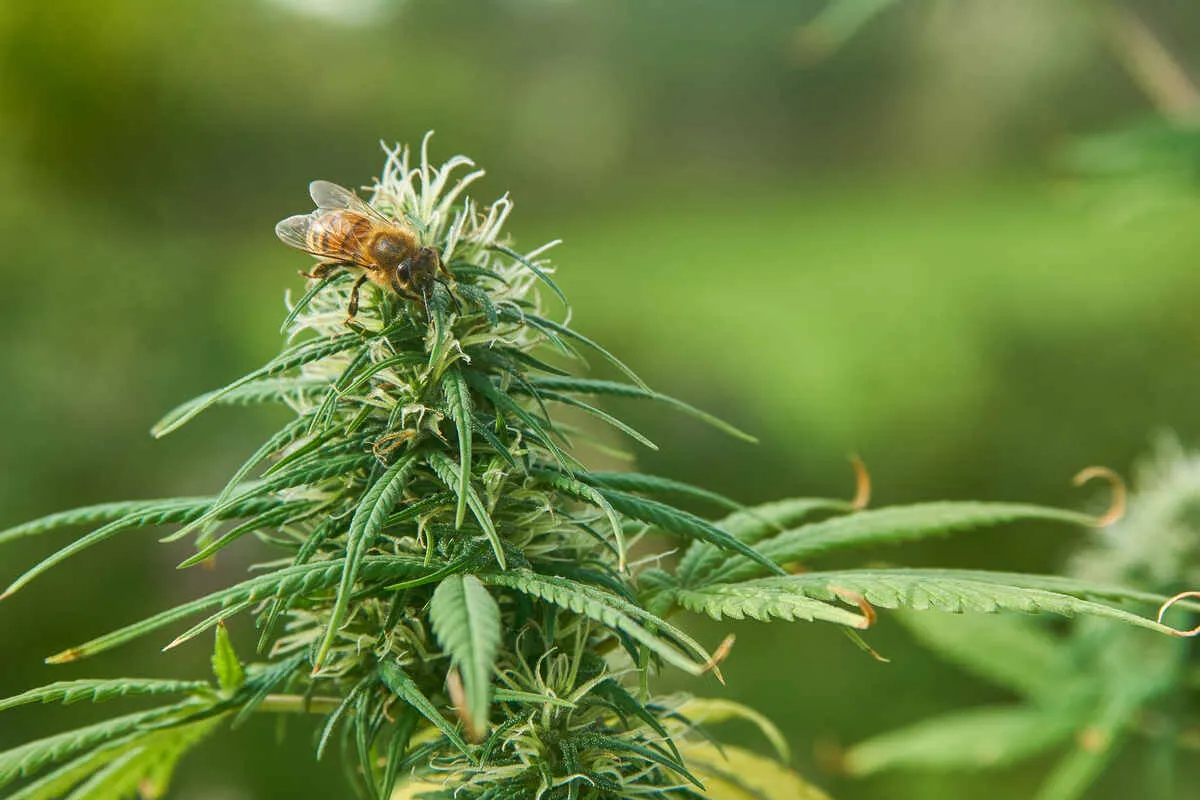
The Role of Phenotypes and Genotypes in Strain Development
Each cannabis plant has a genotype—the complete set of genes it carries—and a phenotype—how those genes are expressed in a given environment. Even seeds from the same cross can produce plants that differ in smell, size, yield, or potency.
As a breeder, I focus on isolating desirable phenotypes and then working to stabilize those traits over multiple generations. The challenge is sorting through the noise to find the expression that best represents the hybrid’s potential. You’ll need to germinate and grow out a number of seeds, document everything, and begin the process of selection.
How to Cross Cannabis Strains Effectively
Crossing cannabis strains is the heart of breeding. It's the controlled transfer of pollen from a male plant to a female plant to produce seed-bearing offspring. Each cross is an opportunity to combine traits from both parents, but it must be done methodically to yield meaningful results.
Preparing Parent Plants for Breeding
Before pollination, I isolate my male and female plants in different grow spaces or tents. This separation prevents unintended pollination and gives me full control over the breeding process. I let the male develop fully until the pollen sacs mature and begin to swell but before they release.
Females should be at the early stage of flowering when white pistils first appear. This timing maximizes the chances of successful fertilization and seed development. It’s critical to identify the best branch for breeding and prune surrounding growth to avoid accidental pollination.
Controlled Pollination Techniques
I typically collect pollen by gently enclosing a flowering male branch in a paper bag. After a few days, I shake the bag to release and gather the pollen, which can then be stored or used immediately.

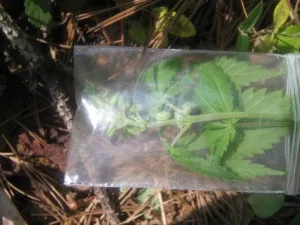
To pollinate, I apply the pollen to a single female branch using a soft brush or directly with the bag. This method keeps the rest of the plant and nearby females free from contamination. After application, I cover the pollinated branch for 48 hours to contain the pollen and improve fertilization.
Harvesting and Storing Seeds Safely
Seeds will typically mature 3 to 6 weeks post-pollination. Mature seeds are dark, striped, and hard to the touch. Once I hear them rattle inside the calyx or see the calyx start to split, I harvest them gently.
I dry the seeds in a cool, dark area for a week before storage. They’re best kept in labeled containers, stored in a refrigerator or dry cabinet, where they can remain viable for years. Let the seeds rest at least 30 days before germination for better success rates.
Stabilizing Your New Cannabis Strain
Once you create a new hybrid, stabilizing it is essential if your goal is reproducibility. A stabilized strain reliably produces similar plants each time it’s grown from seed. This is what makes it a strain, not just a random cross.
Backcrossing and Line Breeding Methods
To stabilize a hybrid, I often use backcrossing—breeding a selected offspring with one of its parents—or line breeding, where top-performing siblings are bred together. Both methods aim to reinforce traits and weed out variability.
The idea is to gradually lock in the phenotype you want. If you’re trying to fix an aroma or shorten flowering time, you’ll want to repeat selections that favor those traits and cross them until they dominate the genetic expression.
Monitoring for Consistency Across Generations
Consistency is the goal. I evaluate each generation for variation in growth structure, flowering duration, cannabinoid levels, and terpene profile. The fewer differences I see among offspring, the closer I am to stability.
Typically, I recommend growing out a minimum of 20 seeds per generation. Document everything. Uniformity in height, smell, trichome production, and yield is a sign you're on the right track.
Identifying and Eliminating Unwanted Traits
Part of breeding is knowing what to reject. If a plant shows hermaphroditic tendencies, weak stems, poor resin production, or undesirable flavors, I remove it from the pool.
This also applies to plants that don’t thrive in your grow conditions. Traits like mold resistance and drought tolerance should align with your environment and cultivation goals.
Costs Involved in Creating Your Own Weed Strain
The financial side of breeding varies depending on scale and ambition. You can start small with a home setup or go all-in with a commercial operation. Either way, understanding your investment upfront will help you plan accordingly.
Initial Investment: Equipment, Seeds, and Setup
Your initial costs may include:
- LED grow lights and ventilation systems
- Grow tents or separate breeding chambers
- Environmental control equipment (humidifiers, dehumidifiers, timers)
- Quality seeds or clones for parent stock
If starting from scratch, expect to invest around $500 to $1500 depending on your gear and goals.
Ongoing Expenses: Utilities, Nutrients, and Maintenance
Breeding requires longer grow times and more cycles, which increases costs for electricity, water, nutrients, and growing media. You'll also need containers, labels, humidity packs, and possibly seed sorting tools.
Staying organized and reusing supplies where possible can help reduce costs.
Time Commitment and Potential Return on Investment
Breeding isn’t a quick process. Creating a stable strain takes at least 12 to 24 months, depending on how many generations you run. But the long-term reward can be substantial.
If you create a standout cultivar, you might monetize it through seed sales, clone distribution, or licensed partnerships. Even if you keep it personal, growing from your own seeds saves money and boosts self-reliance.
Legal and Ethical Considerations in Cannabis Breeding
As a breeder, you have legal and ethical responsibilities. Cannabis laws vary widely, and staying compliant protects your work and your future in the industry.
Understanding Local Laws and Regulations
Before breeding, research local legislation. In some regions, home breeding is legal for personal use. In others, cultivating male plants or producing seeds may be restricted or require licensing.
Operating within legal limits is essential to avoid fines, plant confiscation, or worse.
Intellectual Property and Strain Naming Rights
Naming your strain is more than fun branding. I recommend checking registries and seed banks to avoid duplicating names. While formal trademarks aren’t common yet, they are becoming more relevant as the cannabis industry matures.
Unique strain names help distinguish your work and can hold value if your genetics gain popularity.
Tips for Successful Cannabis Breeding
Experience, patience, and documentation are the pillars of successful breeding. Here are a few habits that have served me well over the years.
Maintaining Detailed Breeding Logs
I log everything. From germination to harvest, each plant has a file: genetics, feeding schedules, observations, photos, and lab results if available. This information becomes invaluable when evaluating multiple generations.
Use spreadsheets, breeding journals, or grow apps. Consistency in record-keeping directly correlates with consistent breeding outcomes.
Utilizing Technology and Lab Testing
When available, I send samples for lab analysis to measure cannabinoids and terpene profiles. This also confirms that breeding goals are being met in objective ways.
Other helpful tools include digital pH meters, automated watering systems, and data loggers for temperature and humidity. These help reduce variability and improve decision-making.
Conclusion
Breeding your own marijuana strain is a process that combines technical skill, plant knowledge, and creative vision. It challenges you to think long-term, be patient, and pay close attention to detail. But when done correctly, it offers immense satisfaction and the opportunity to contribute something original to the cannabis community.
Whether you're doing it for personal use or preparing to share your genetics with others, breeding your own weed deepens your connection to the plant and sharpens your cultivation expertise. I encourage you to start small, stay organized, and enjoy the process of creating something truly your own.

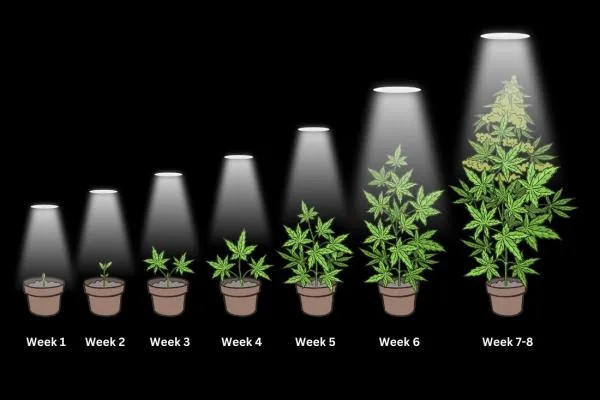
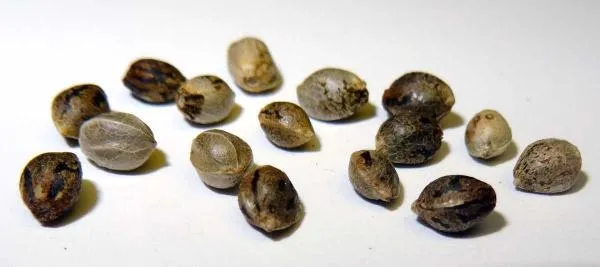

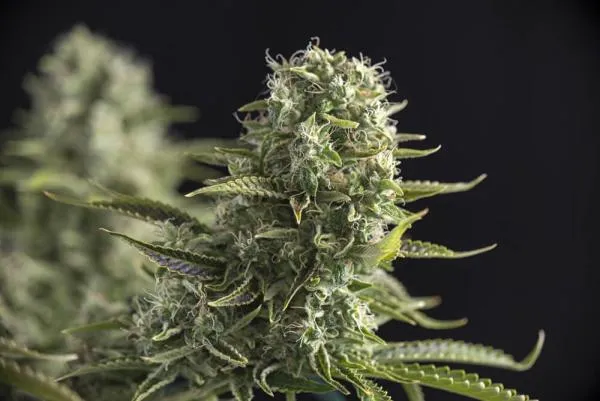
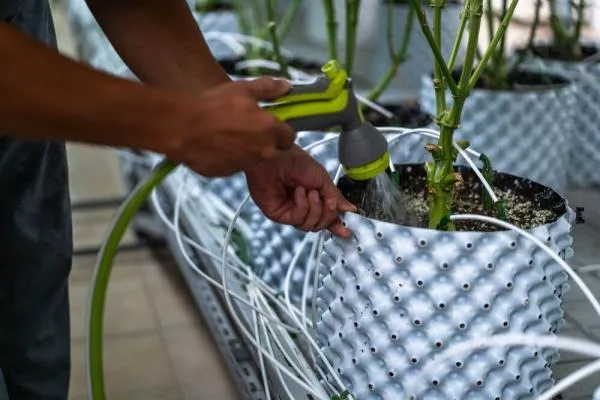
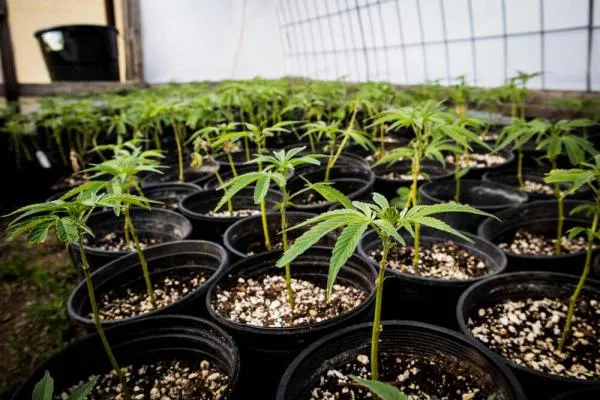
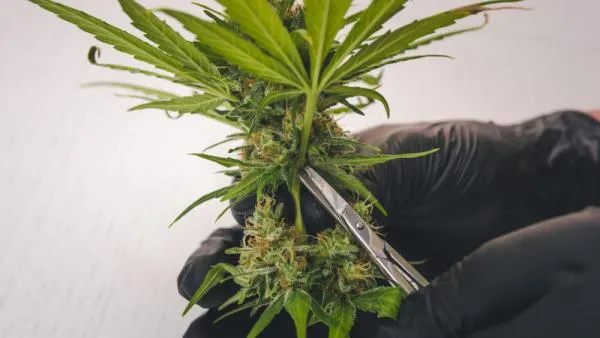
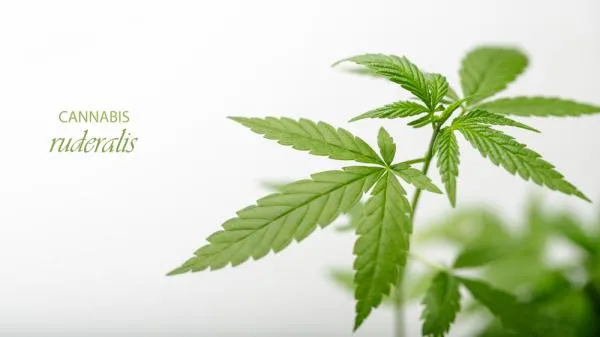


I did,just wanna know if someone else has already.
-TOKESIGNALS- steve elliot. He sent me a bunch of seeds from his stash. Way cool on his part. Check out his "little black book" for growers. Its old school stuff.